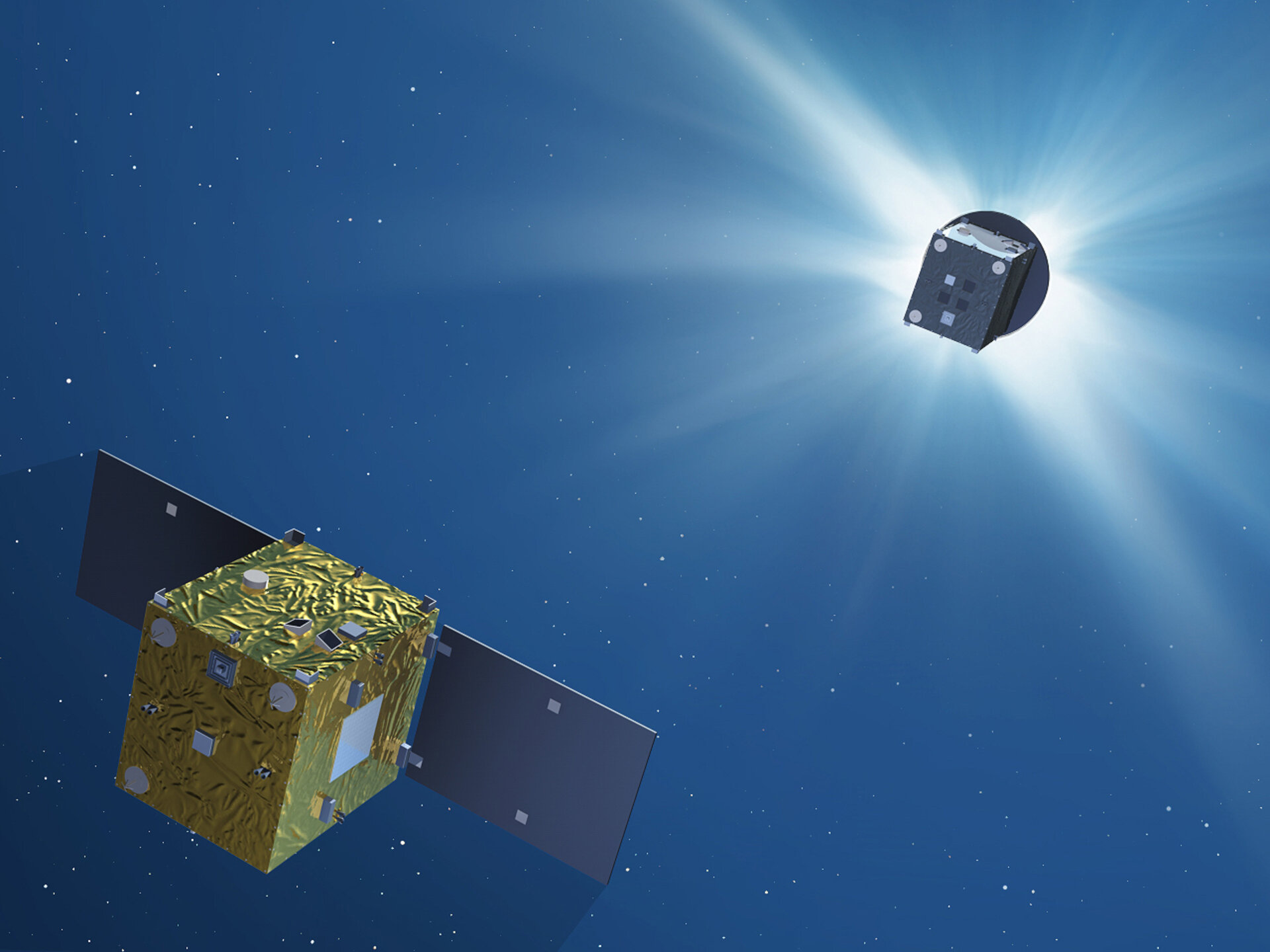Quest for the corona
Early astronomers proposed the corona sighted during total solar eclipses was actually the Moon’s atmosphere illuminated by sunlight.
The realisation that the corona was associated with the Sun only came later, and in 1931 astronomer Bernard Lyot first imaged the corona by blanking out the Sun.
The view was faint due to Earth’s atmosphere, but allowed Lyot to make the startling discovery that the corona was millions of degrees hotter than the Sun’s surface. The precise reason why remains mysterious to this day.

Solar-observing satellites such as SOHO incorporate internal Sun-shades called occulters for coronal observations, but their closeness to the instrument causes diffraction of stray light.
This means SOHO, for example, can only observe the corona beyond two solar radii – StarTiger’s ‘external coronagraph’ should get that figure down to 1.05 solar radii, or even lower.

The first artificial solar eclipse in space was achieved in 1975 during the Apollo-Soyuz Test Project: a cylindrical Apollo capsule flew in front of the Sun while the corona was viewed from a Soyuz spacecraft. Results were disappointing due to sunlight scattering through the spacecraft’s thruster exhaust.
ESA is due to operate its own external coronagraph during the Proba-3 dual-satellite formation flying mission.










